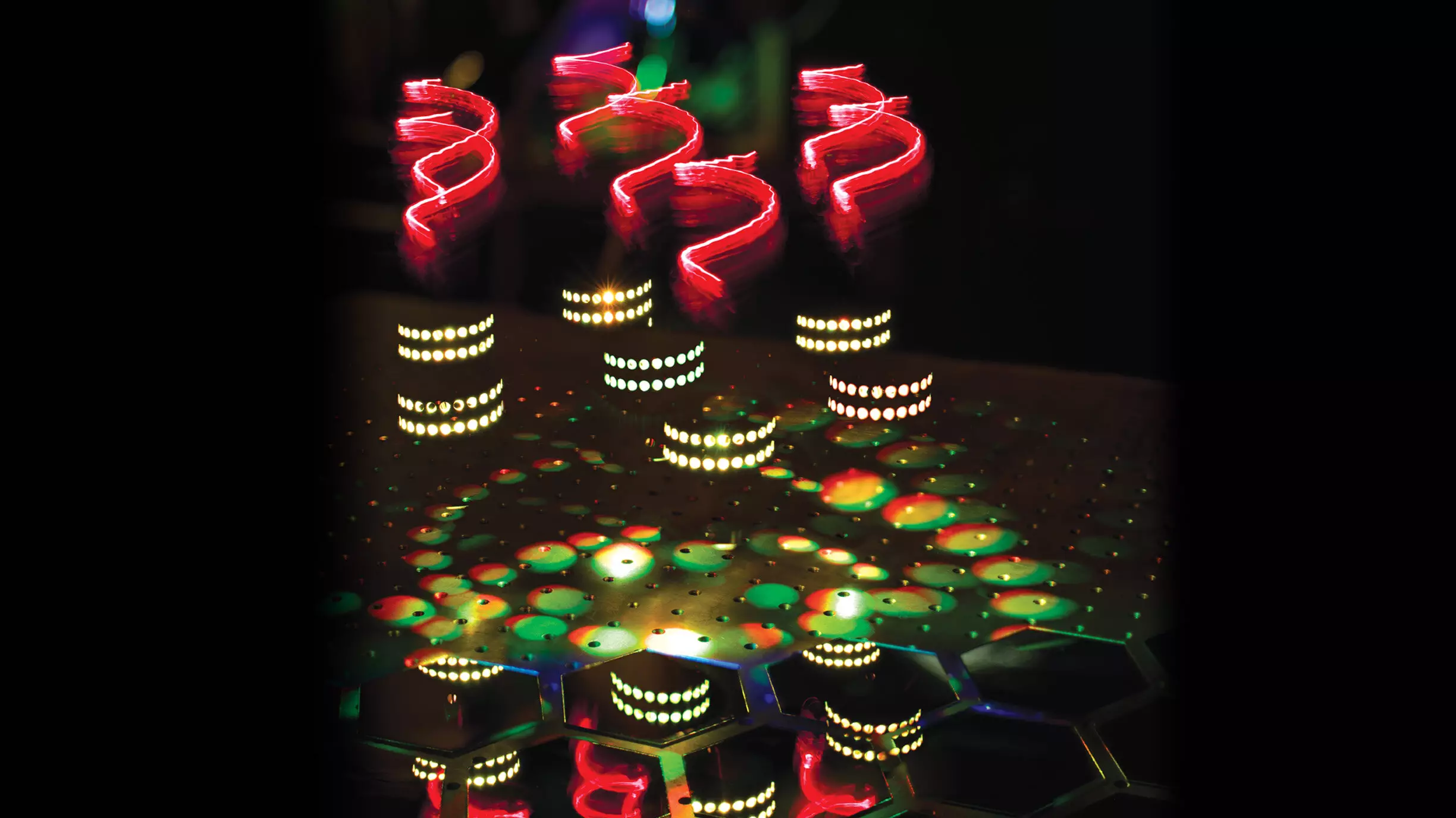Recently, an international team of scientists, led by physicists at the University of Bath, has demonstrated a new optical phenomenon with significant potential impact across various scientific fields. This groundbreaking research, published in the journal Nature Photonics, introduces the concept of hyper-Raman optical activity, expanding on the traditional Raman effect.
Molecules possess unique energy states that can be identified by the way they rotate and vibrate when exposed to light. The Raman effect occurs when light interacts with these molecules, causing a color change in a small fraction of photons. However, some molecular features remain invisible to traditional Raman spectroscopy. To address this limitation, the hyper-Raman effect was introduced.
Hyper-Raman is a more advanced phenomenon that involves two photons impacting a molecule simultaneously, resulting in a single scattered photon with a Raman color change. Unlike conventional Raman, hyper-Raman can penetrate deeper into living tissue, providing higher contrast images with reduced noise. Additionally, the presence of nanoparticles near the molecule can significantly increase the number of hyper-Raman photons.
Chirality, or the twisted sense of molecules, plays a crucial role in various biological processes. With the introduction of hyper-Raman optical activity, researchers aim to unveil the three-dimensional information about molecules’ chirality. This new effect, though initially challenging to measure, has the potential to revolutionize the study of complex bio-molecules.
Experimental Breakthrough
The team at the University of Bath took an innovative approach by utilizing non-chiral molecules assembled on chiral scaffolds to induce chirality. By depositing these molecules on gold nanohelices, which act as tiny antennas focusing light, the hyper-Raman signal was augmented. This groundbreaking experiment confirmed the theoretical predictions made over four decades ago.
The discovery of hyper-Raman optical activity opens up diverse applications in pharmaceutical science, security, forensics, art conservation, and medicine. It can be used to analyze pharmaceutical composition, authenticate products, detect illegal substances, pollutants, and explosives, and aid in medical diagnosis by identifying disease-induced molecular changes.
The Future of Hyper-Raman
While the potential of hyper-Raman optical activity is immense, further research is needed to establish it as a standard analytical tool. Collaboration with industry partners, such as Renishaw PLC, a leading manufacturer of Raman spectrometers, will be crucial in advancing this groundbreaking discovery. The journey ahead is filled with opportunities to inspire future scientists and drive scientific progress for decades to come.
As researchers continue to explore the implications of hyper-Raman optical activity, the scientific community eagerly awaits new developments in this cutting-edge field. The collaborative efforts of academics across generations have paved the way for this groundbreaking discovery, underscoring the importance of persistence and innovation in scientific endeavors.


Leave a Reply